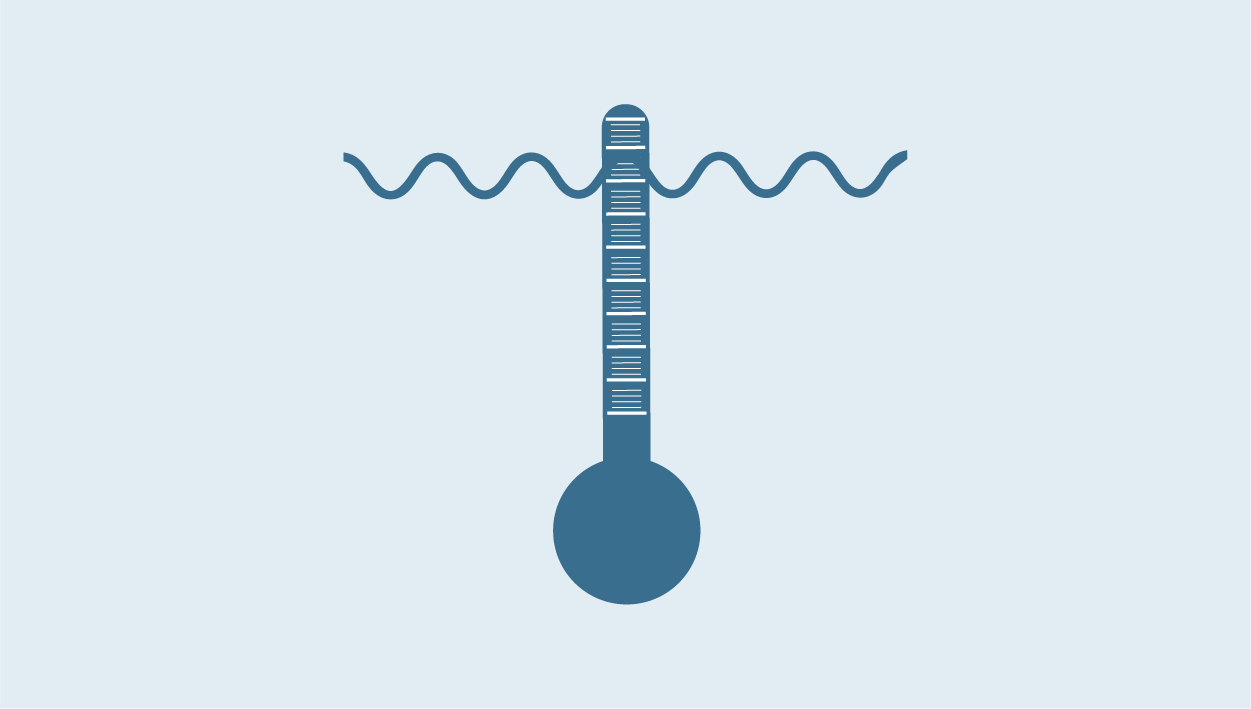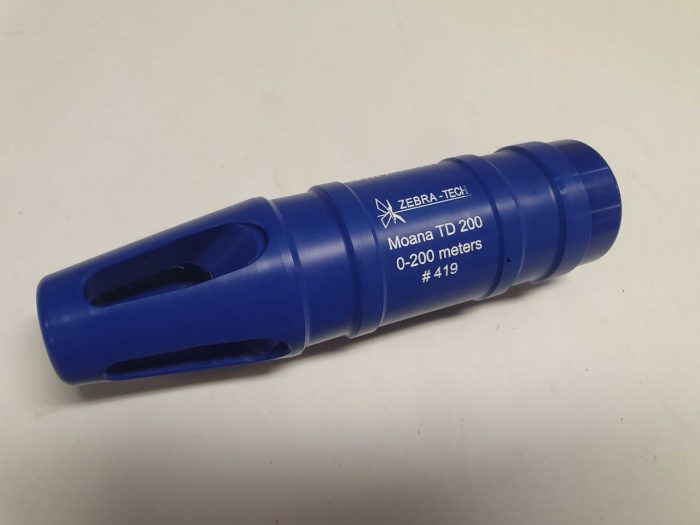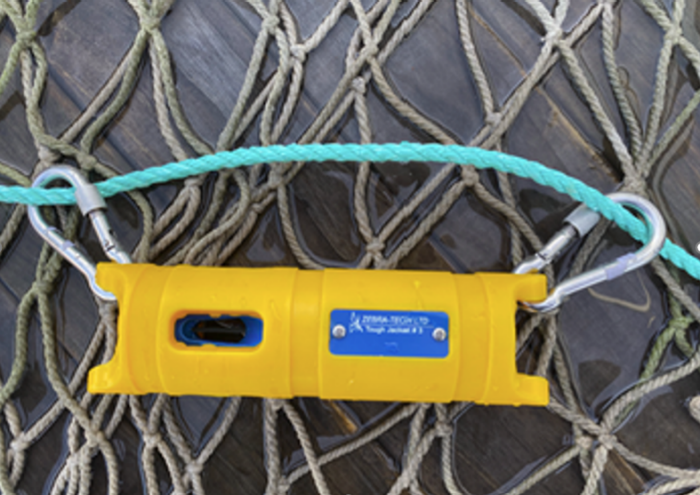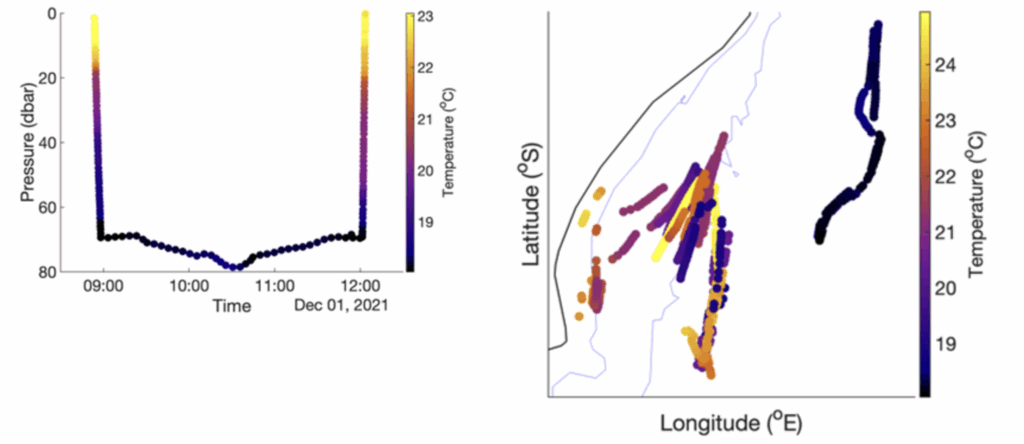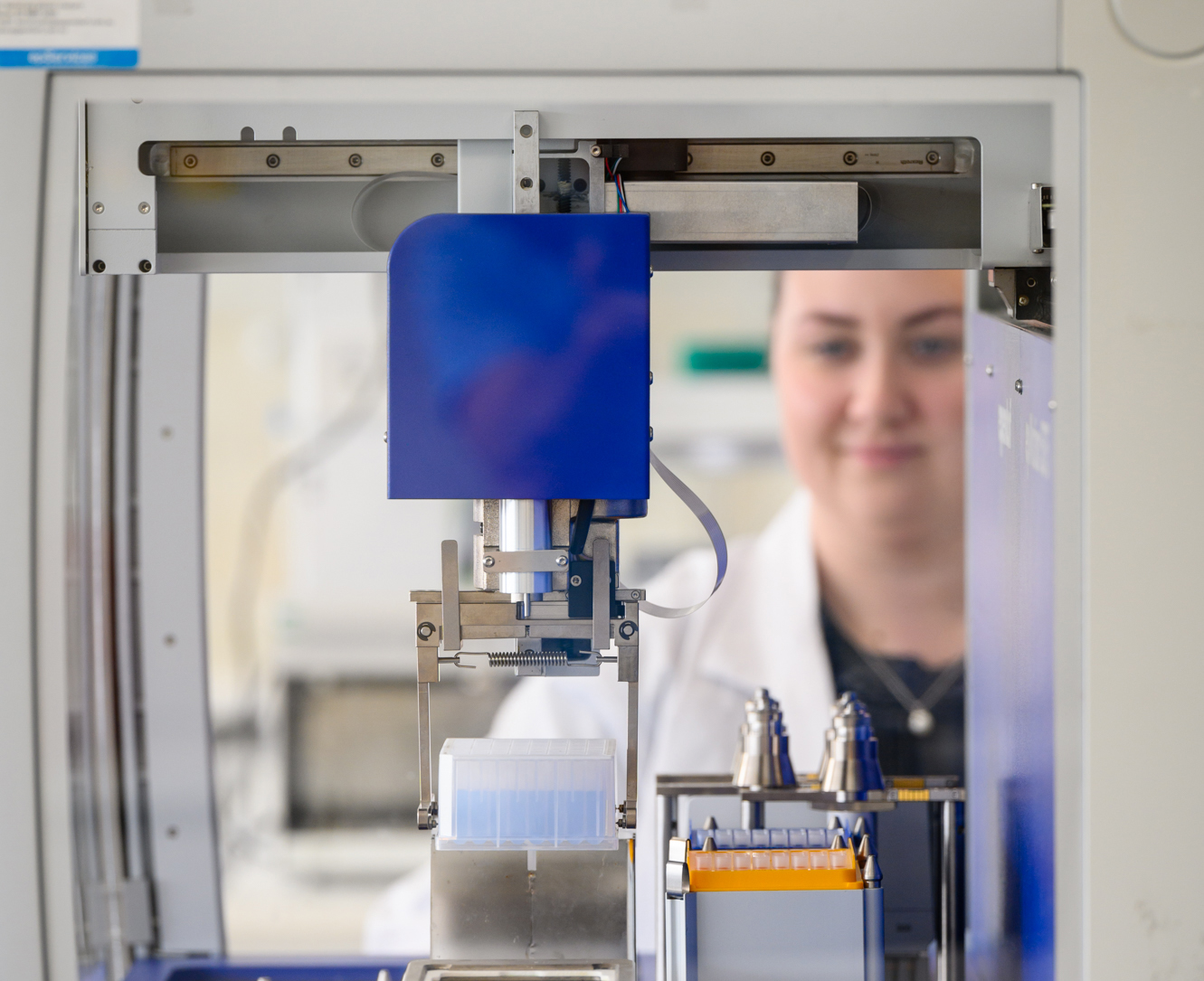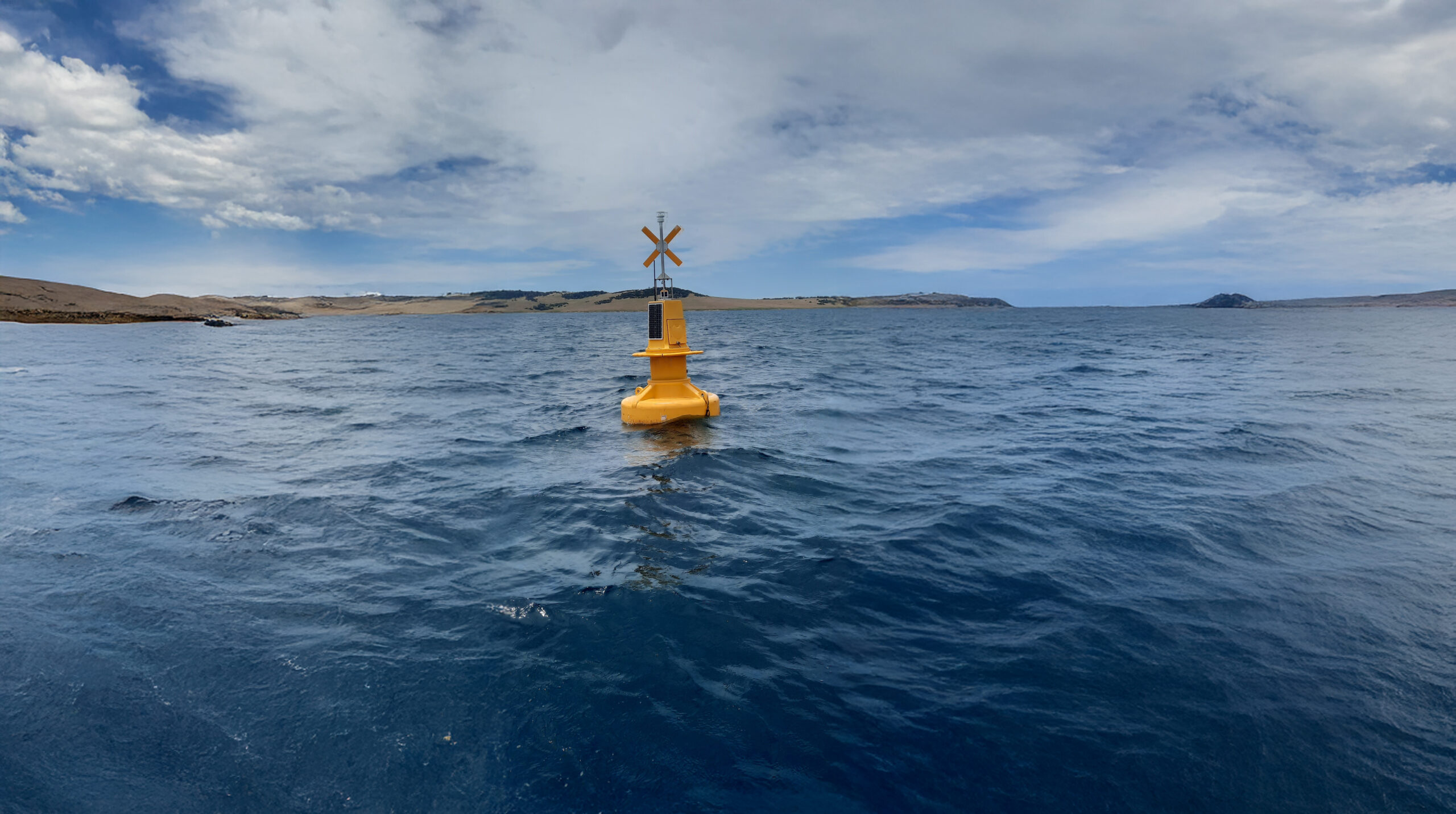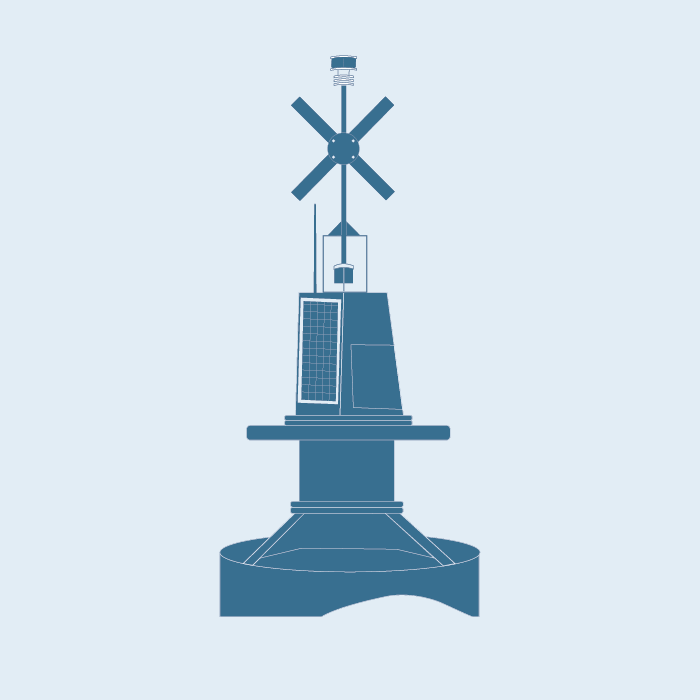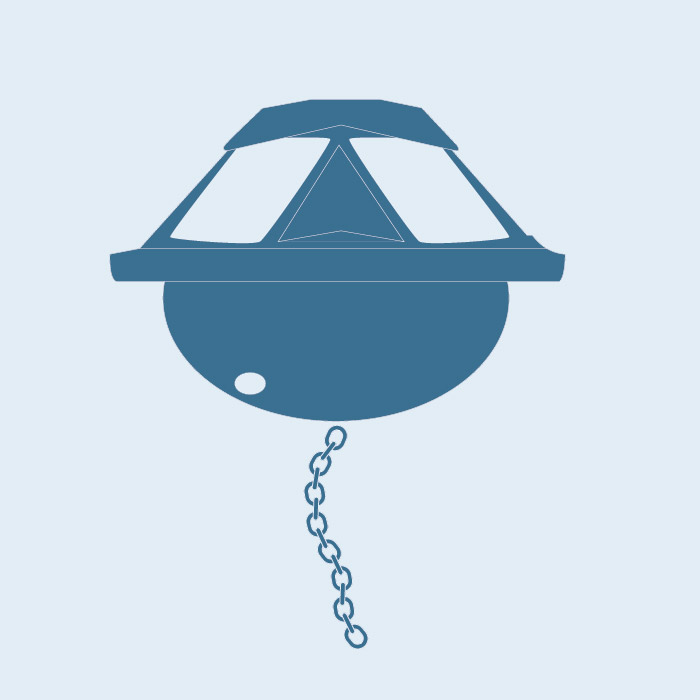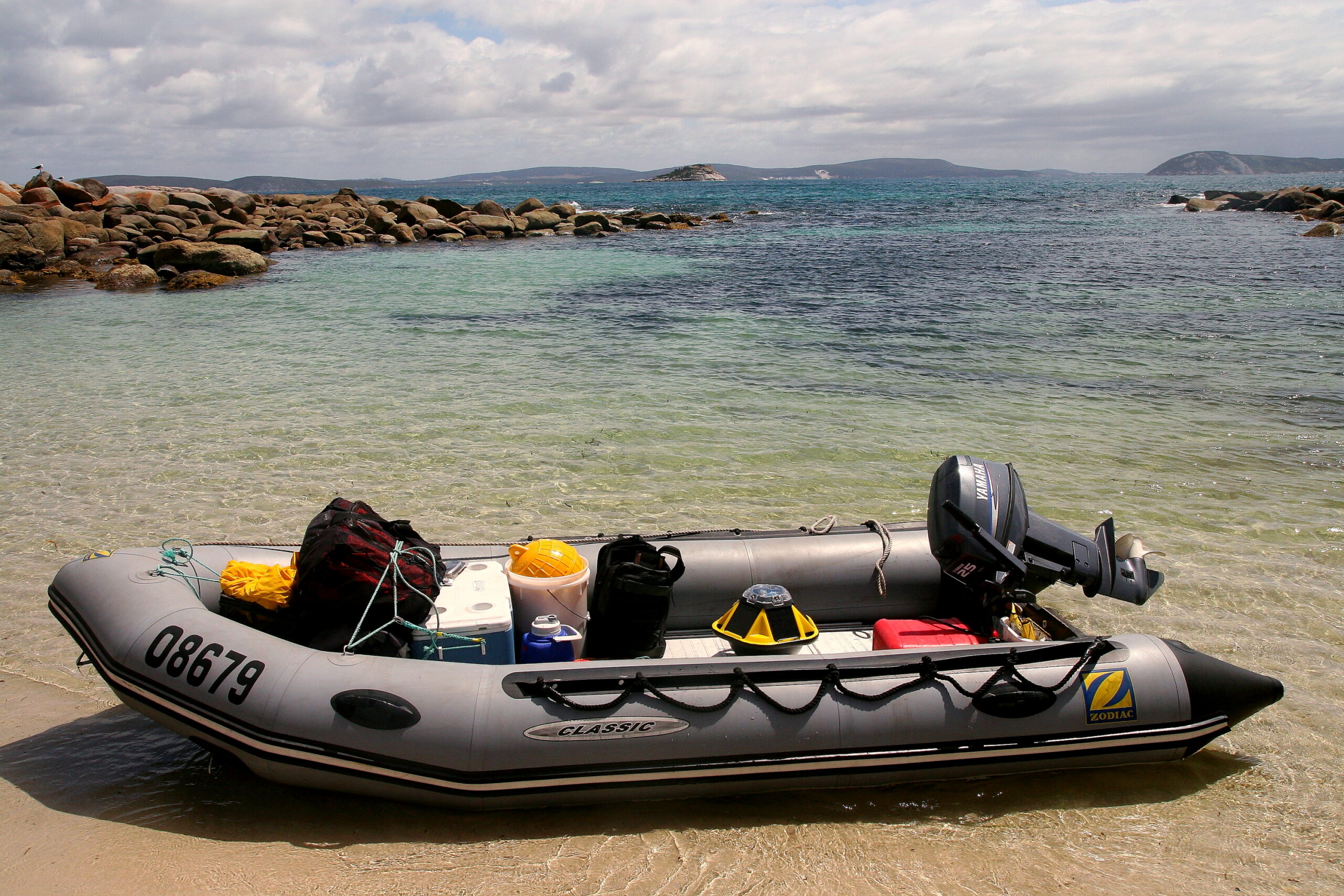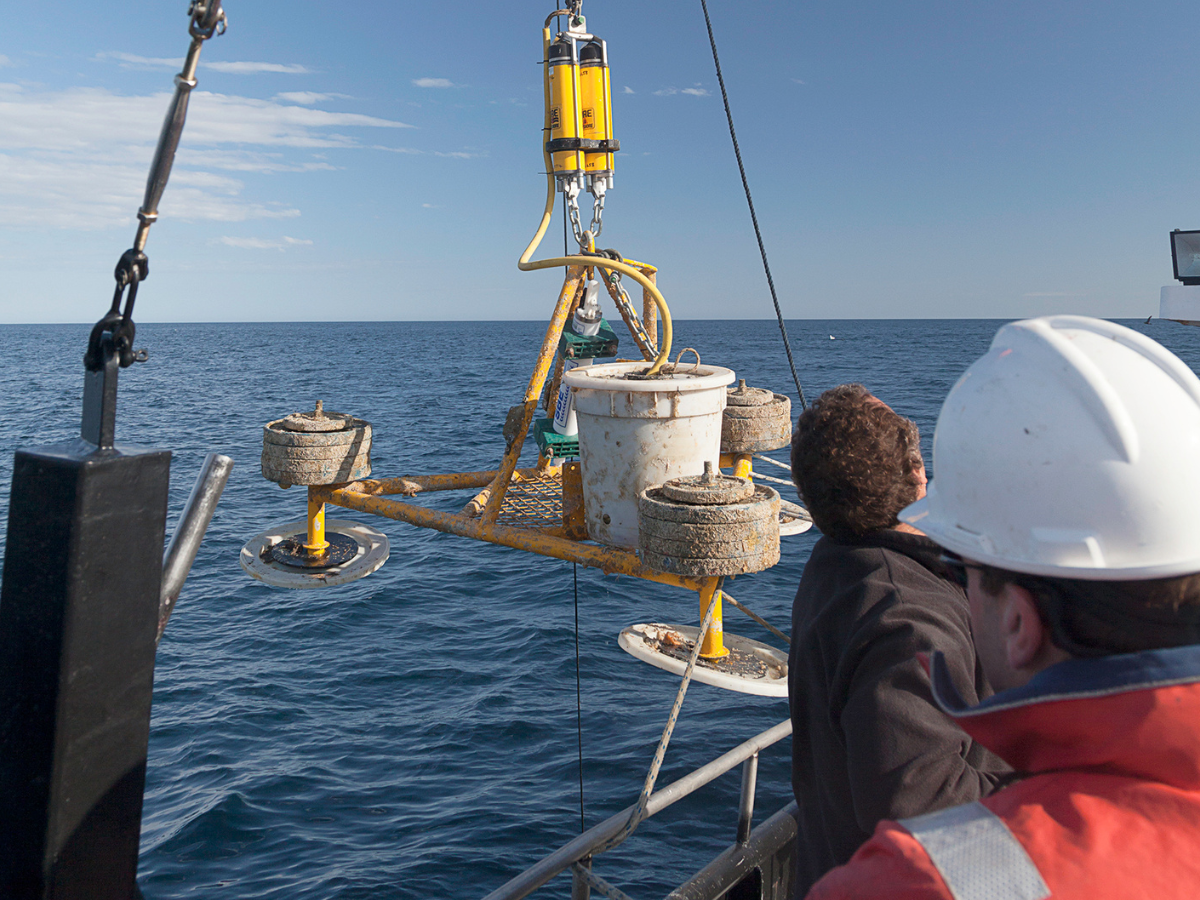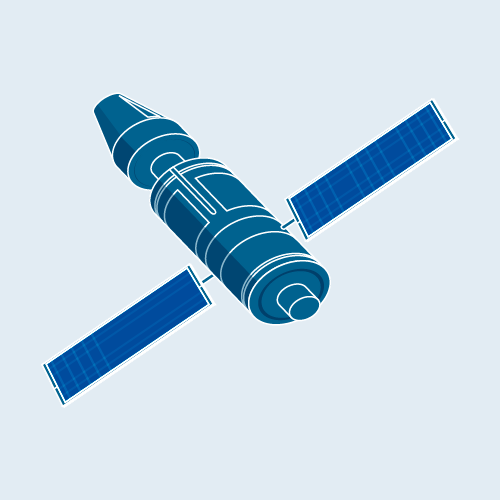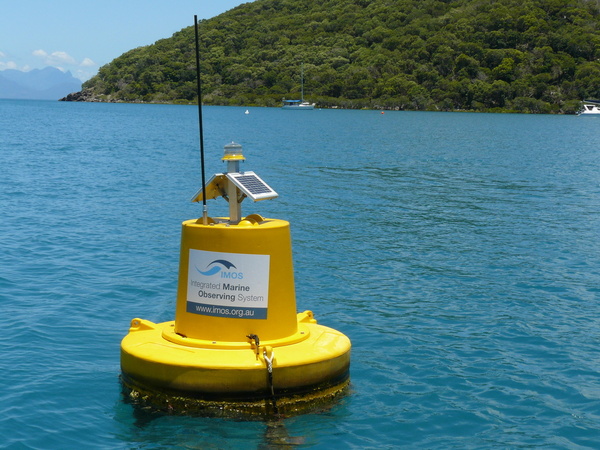Fishing Vessels as Ships of Opportunity
The IMOS Fishing Vessels as Ships of Opportunity sub-Facility works with the fishing industry to collect near real-time subsurface sea temperature measurements by installing equipment on fishing gear deployed by a network of commercial fishing vessels.
Every day, fishing vessels operate broadly across coastal, shelf and offshore waters within Australia’s Exclusive Economic Zone. The IMOS Fishing Vessels as Ships of Opportunity sub-Facility utilises this opportunity to fill data gaps cost-effectively and increase the spatial and temporal resolution of subsurface sea temperature observations in Australia’s marine estate.
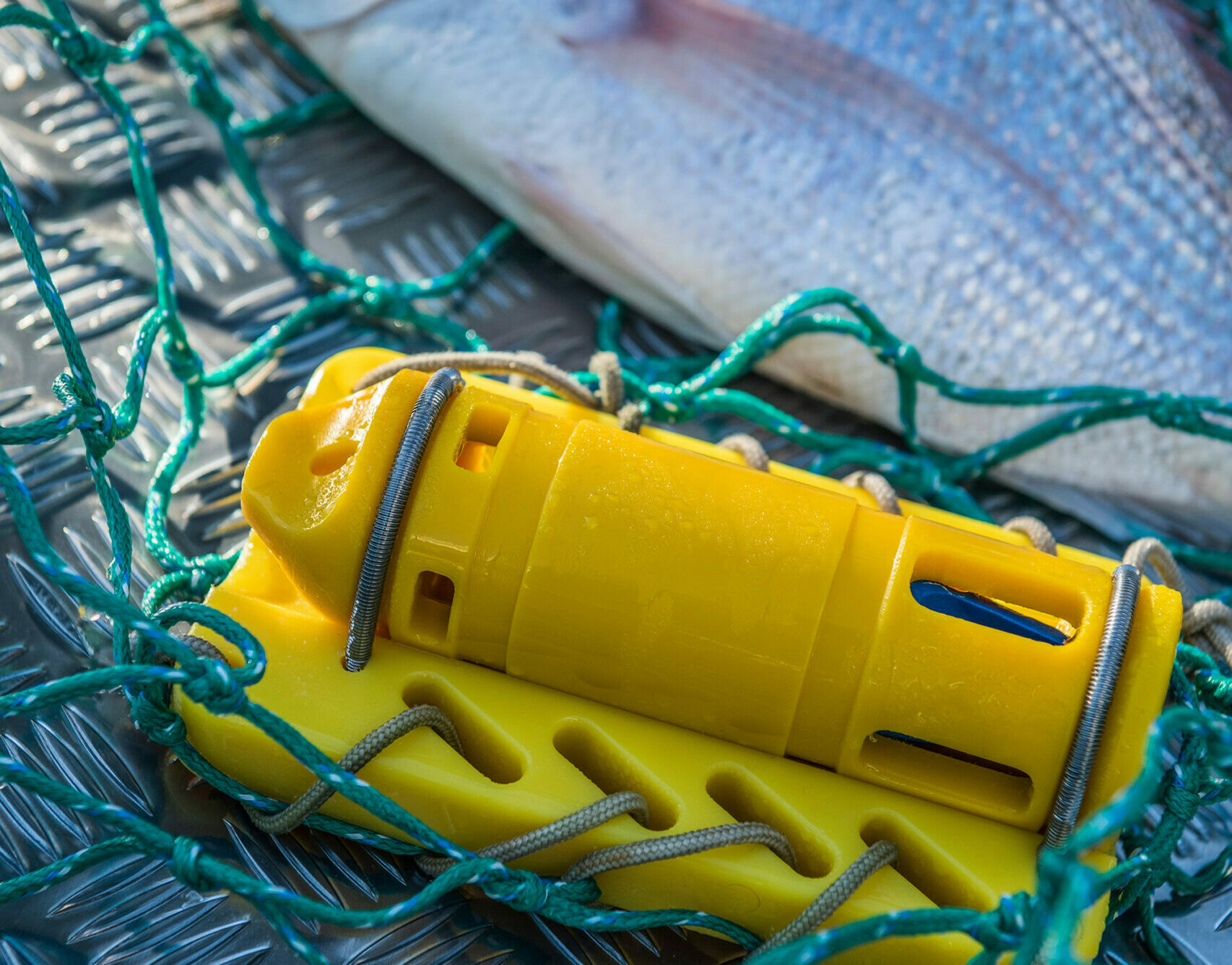
 MetService
MetService
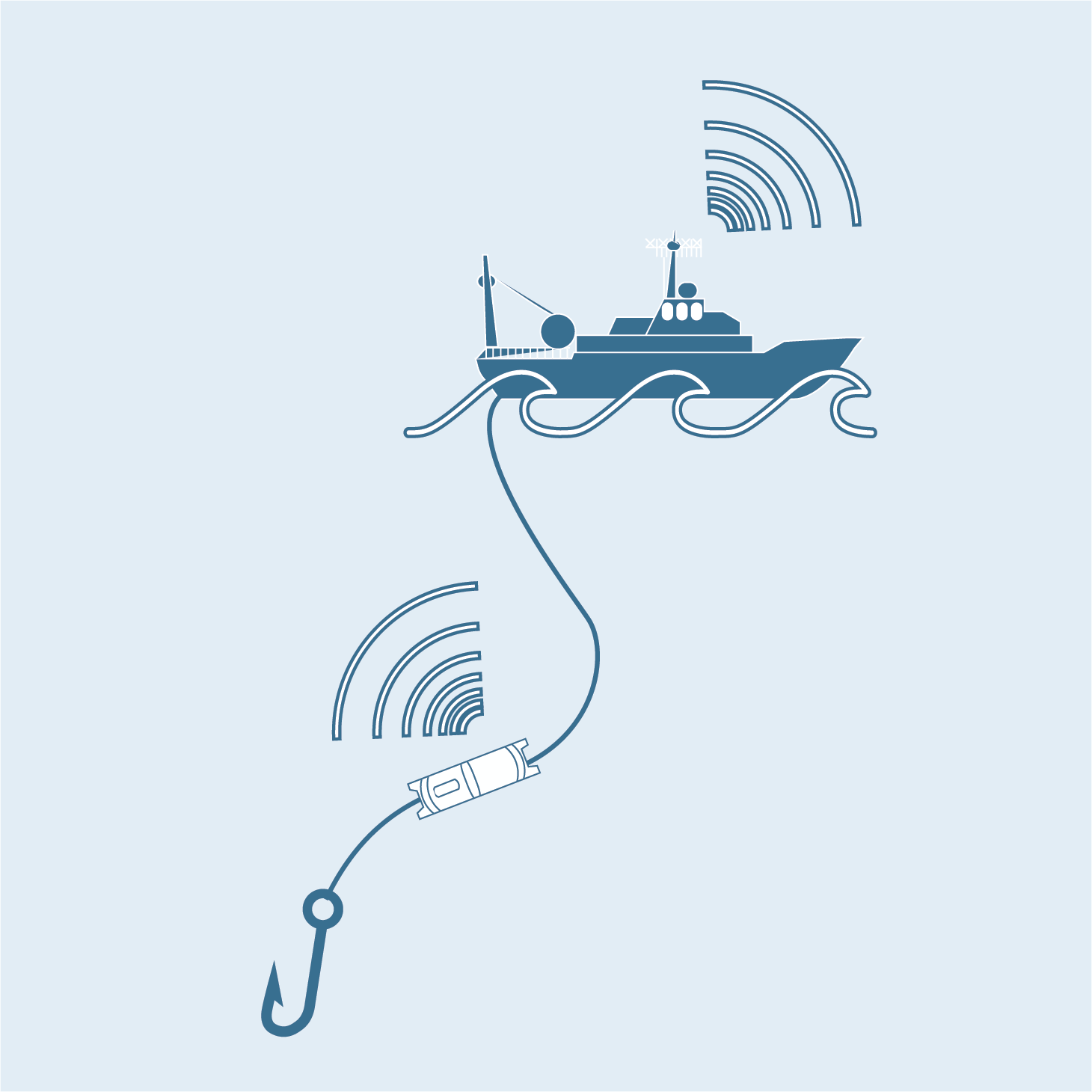
How it works
Compact, calibrated, low-cost sea temperature sensors are attached to a range of commercial fishing gear (including trawls, scallop dredges, demersal and pelagic longlines, gillnets, prawn trawl nets, purse and Danish seine nets, traps, and squid jig gear), which collect highly accurate sea temperature at depth measurements. Sensors can also be deployed by recreational fishers, Sea Country rangers and citizen scientists.
The sensors operate with minimal human intervention and communicate directly to a solar powered deck box, transmitting data in near real-time via phone signal or the vessel’s Wi-Fi (when available).
Data collection
Time, position, depth, and sea temperature data are recorded when the sensor is deployed. When the sensor is returned on board these data are then transferred via Bluetooth to a solar-powered deck box installed on the vessel and forwarded to the IMOS sub-Facility for data processing. The data are then quality controlled with any identifying vessel information removed, before being transferred to the IMOS Australian Ocean Data Network (AODN) in near real-time for uptake.
A report summarising the data collected on a vessel is emailed back to the participating fisher for their own information, usually within 24 hours, enabling skippers to relate their (private) catch information to temperature-at-depth information.
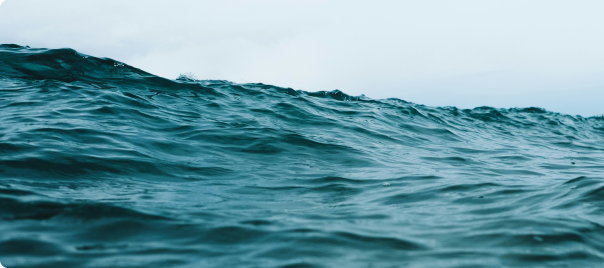
Why it’s important
The data fill a strategic gap in the observing system, allowing stakeholders from across the blue economy to contribute to data collection and understand the oceans better. Potential beneficiaries include: the fishing community, fisheries managers, meteorological services and the research community.
In the long term, the data will help our understanding of the changing marine environment and its impact on life in/around the oceans. It will also provide oceanographers with quality-controlled data on an unprecedented scale for ground-truthing coastal models and to improve analysis and forecasts of oceanic conditions.
Key data streams
Select a key data stream to view all IMOS Facilities that collect that data.
Useful Information
Operating institution
Sydney Institute of Marine Science (SIMS)
Co-investors
University of New South Wales (UNSW) · Australian Fisheries Management Authority (AFMA) · Fisheries Research and Development Corporation (FRDC) · Northern Territory Fisheries · New South Wales Fisheries · Fishwell Consulting · Sunshine Coast University (SCU) · Ocean Data Network · Charles Darwin University (CDU) · Fishing Vessel Observing Network (FVON)
Acknowledging IMOS
Users of IMOS data are required to clearly acknowledge the source material by including the following statement:
Australia’s Integrated Marine Observing System (IMOS) is enabled by the National Collaborative Research Infrastructure Strategy (NCRIS). It is operated by a consortium of institutions as an unincorporated joint venture, with the University of Tasmania as Lead Agent.
